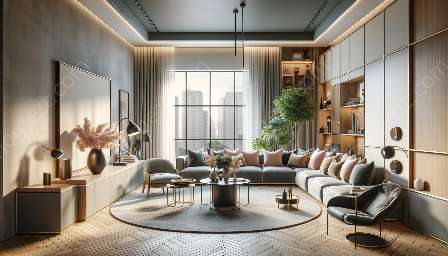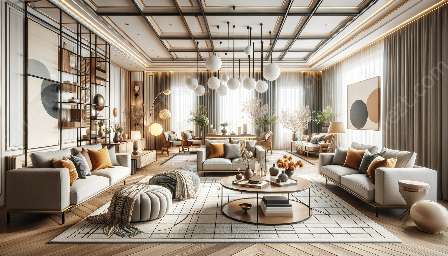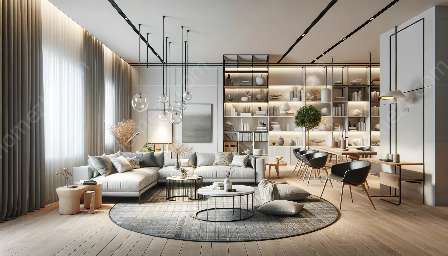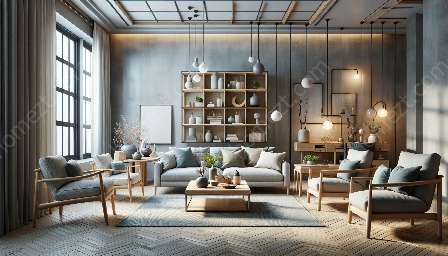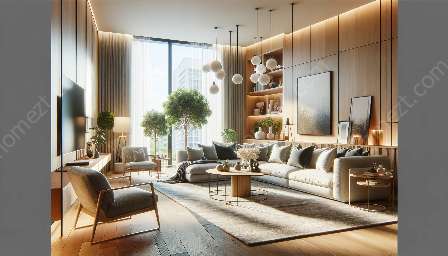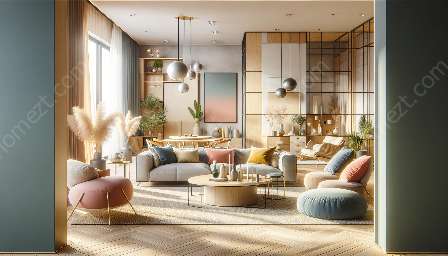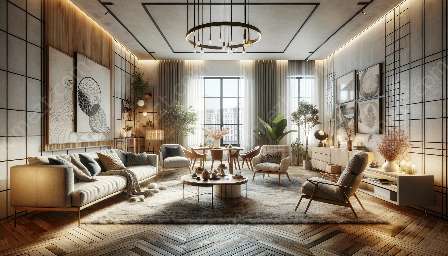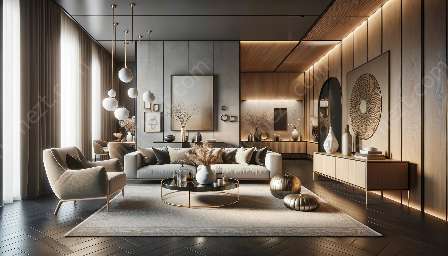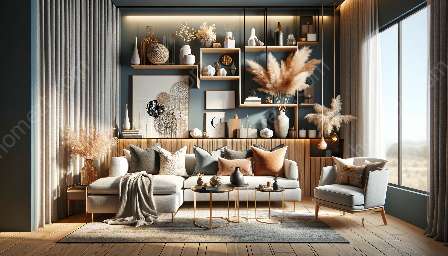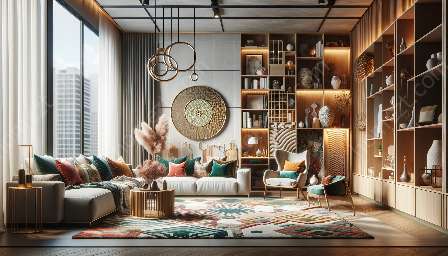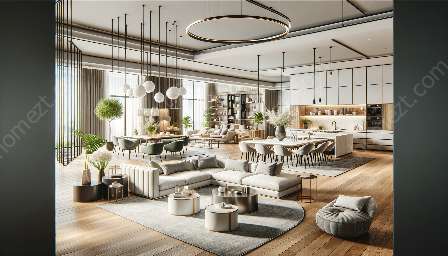Are you curious about the secrets of creating well-organized living spaces that are both functional and aesthetically pleasing? Spatial planning is the answer. In this comprehensive guide, we'll delve into the fundamental principles of spatial planning and its compatibility with furniture arrangement and home furnishings, providing expert insights and practical tips for designing attractive and practical living environments.
The Fundamentals of Spatial Planning
Spatial planning involves the strategic organization of physical spaces to achieve specific objectives, such as enhancing functionality, improving circulation, and optimizing visual appeal. It is a multidisciplinary field that encompasses architectural design, urban planning, and interior design, offering a holistic approach to creating harmonious environments.
A crucial aspect of spatial planning is the consideration of human activities and behaviors within the designed space. Understanding how people interact with their surroundings is essential for tailoring spatial layouts to meet their needs and preferences.
Connecting Spatial Planning with Furniture Arrangement
Furniture arrangement plays a pivotal role in spatial planning, as it directly impacts the functionality, flow, and ambiance of a space. By strategically positioning furniture pieces, spatial planners can create efficient layouts that support various activities and promote a sense of harmony. Whether it's optimizing the arrangement of seating areas for social interaction or establishing clear pathways for movement, the placement of furniture greatly influences the overall spatial experience.
Moreover, furniture selection and placement are integral to achieving a cohesive design scheme. By aligning furniture styles, scales, and colors with the spatial context, designers can cultivate a unified visual narrative that elevates the overall aesthetic appeal. This symbiotic relationship between spatial planning and furniture arrangement empowers designers to orchestrate captivating interiors that seamlessly blend form and function.
Harmonizing Home Furnishings with Spatial Design
Home furnishings, including decorative elements, lighting fixtures, and textiles, contribute significantly to the spatial ambiance and can be leveraged to enrich the overall design composition. By integrating furnishings that complement the spatial layout, designers can imbue interiors with personality and warmth. Thoughtful selection of furnishings that align with the scale, proportion, and style of the space can create a cohesive and inviting atmosphere, enhancing the visual and tactile experience.
Additionally, the strategic placement of home furnishings can accentuate the architectural features of a space, draw attention to focal points, and create comfortable, inviting zones for relaxation and socialization. With a keen understanding of spatial planning principles, designers can curate a curated selection of home furnishings that harmonize with the spatial layout, elevating the overall livability and appeal of the environment.
Practical Applications and Expert Tips
When applying spatial planning principles to furniture arrangement and home furnishings, several key considerations come into play. These include:
- Functionality: Ensuring that the spatial layout supports the intended activities and lifestyle needs of the occupants.
- Scale and Proportion: Selecting furniture and furnishings that are appropriately scaled to the space to maintain visual balance and harmony.
- Circulation: Establishing clear pathways and flow patterns to facilitate movement and navigation within the space.
- Lighting: Employing lighting solutions that enhance the spatial ambiance and accentuate the furnishings and architectural elements.
- Flexibility: Designing adaptable layouts that cater to diverse uses and can accommodate changes over time.
By integrating these principles with creative ingenuity and a nuanced understanding of human interaction with space, designers can craft compelling and well-crafted living environments that reflect the unique needs and preferences of the inhabitants. The art of spatial planning extends beyond mere functionality, unlocking the potential to transform spaces into captivating and harmonious settings that resonate with inhabitants on a profound level.
Embracing the Power of Spatial Planning
Ultimately, spatial planning serves as the cornerstone for crafting environments that embody a perfect marriage of form and function, where furniture arrangement and home furnishings seamlessly integrate with the spatial context to create alluring and purposeful living spaces. Through the thoughtful application of spatial planning principles and a keen eye for harmonious design, designers can elevate interiors into compelling narratives that resonate with the occupants and elevate their quality of life.
Delve into the art of spatial planning, and unleash the potential to transform living spaces into captivating, well-organized, and visually stunning environments that are a joy to inhabit.

